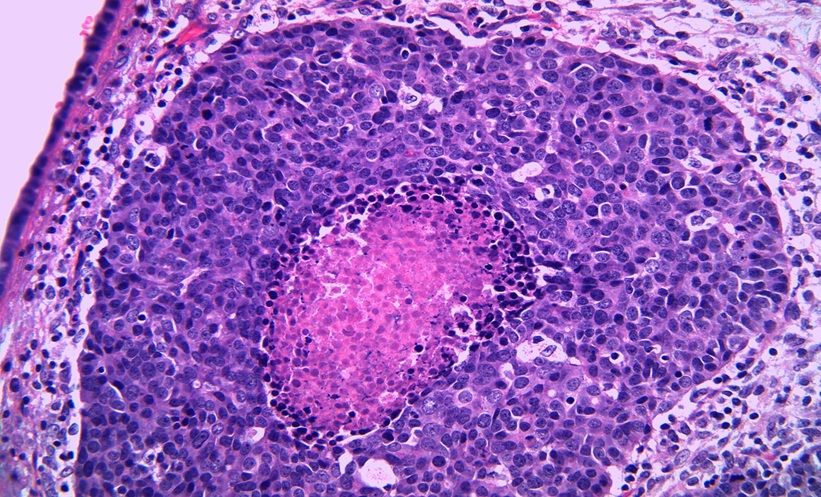SURGICAL technique that preserves long-term renal function by treating complex renal tumours has been performed successfully for the first time, according to the results of a pilot study conducted in the Department of Urology, MedUni Vienna and Vienna General Hospital, Vienna, Austria.
The method carries a dual benefit; it reduces the risk of bleeding and complications in the operation itself, and preserves renal function while avoiding any long-term consequences of renal impairment.
Until now, ‘cold ischaemia’ has been used during the removal of renal tumours. Using this method, the blood vessels supplying the kidney are clamped and the kidney is cooled. This is a crucial step as the kidney bleeds very heavily when incised; in humans, approximately 15-20% of the total blood supply is located in the kidneys. However, the technique has a significant disadvantage: the clamping of the vessels damages the renal vessels, greatly increasing the long-term risk of renal impairment.
However, this problem does not occur in operations using the Cavitron Ultrasonic Surgical Aspirator (CUSA) US device, as explained by study leader Prof Shahrokh Shariat, Professor and Chairman, Department of Urology, Medical University of Vienna, Vienna General Hospital, Vienna, Austria: “With the CUSA US device, the kidney continues to be perfused with blood during the surgical procedure. As our study shows, the new surgical technique allows renal function to be fully maintained, even though we can achieve the same oncological and surgical results as we do with clamping the organ. This has enabled us to resolve one of the major surgical problems of the last two decades.”
The issue of clamping and associated long-term damage only became clear when advances were made in imaging with US and computed tomography. As a result of these advances, approximately 80% of renal tumours are now detected so early that kidney-sparing treatment is possible without having to remove the whole organ.
The preservation of, ideally, both kidneys is significant because the kidney performs a variety of vital functions, which diminish with age and as a consequence of kidney-damaging ailments including diabetes and high blood pressure.
(Image: freeimages.com)







